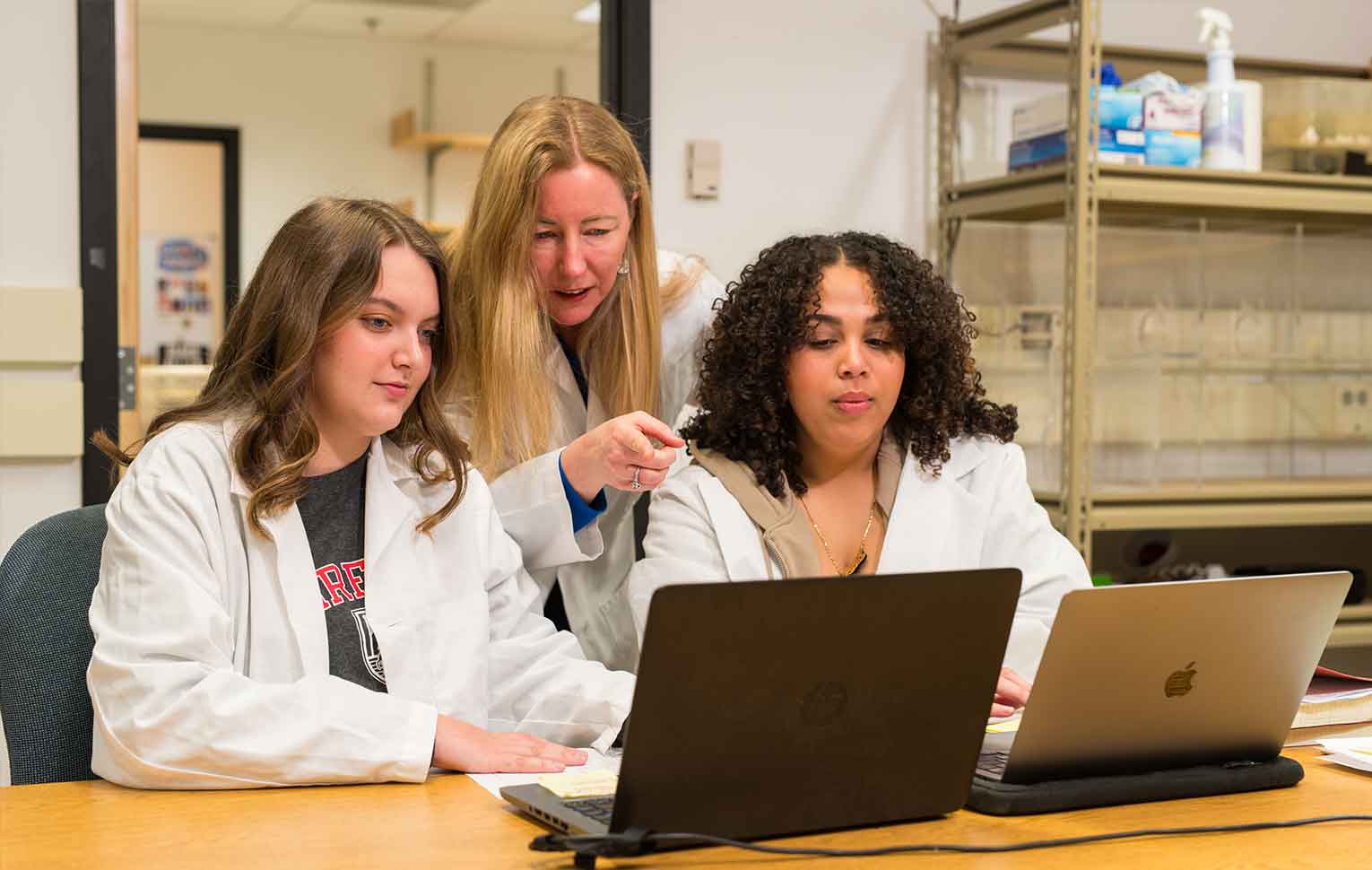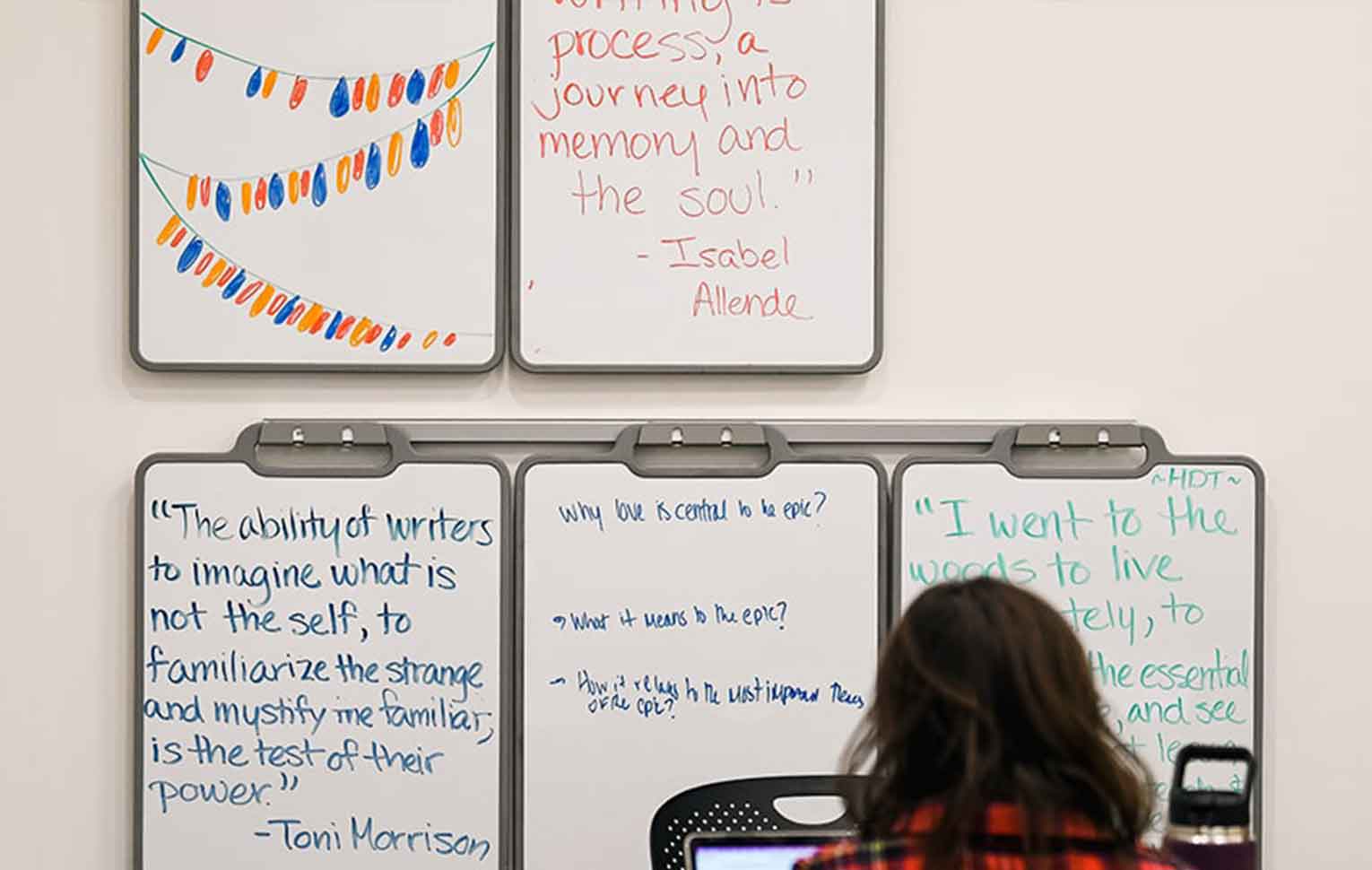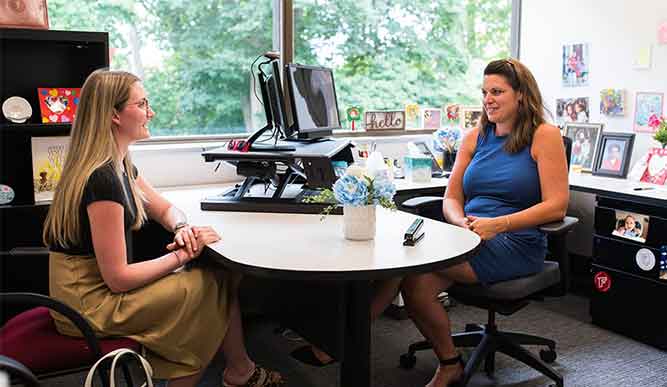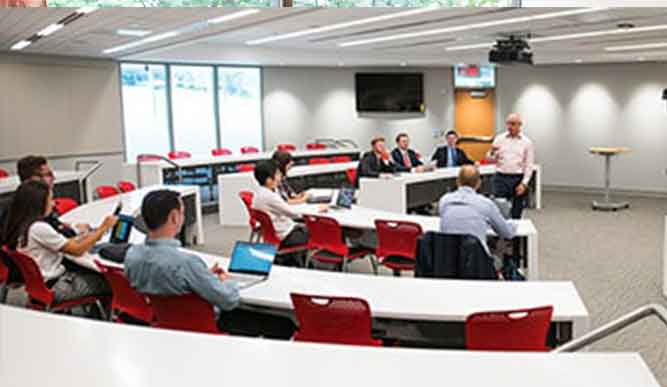How do we know what students are learning?
There are as many different definitions of learning as there are educators. Most converge on the idea that human learning involves an enduring change in one's knowledge, skills, or beliefs that occurs through experience. While social interactions and contexts are important mediators of learning, this enduring change is an individual process that occurs within the mind of the learner, and thus is not visible to others.
So, how do we know that students are learning? How do we know what they have learned, or when they have learned it?
We can infer that learning has occurred, even if we can’t know for sure, by observing the outward manifestations of the changes that characterize learning. When students know, can do, or believe something that they did not previously, it is reflected in what they say, how they act, and what they produce. By purposefully observing and collecting information about changes in our students' words, actions, and products, we can make meaningful interpretations about what, how much, or when they have learned.

As professors, we can use these interpretations to help guide the ways in which we organize our curricula, plan our classes, and design our assignments. Information about student learning can help us advocate for new faculty lines and new programs. It supports our bids for accreditation and can encourage donors.
As academics, we are curious by nature. Within our chosen disciplines, we look to understand the world in terms of the knowledge-base that exists, and, through our research and experimentation, push the edge of that knowledge to reveal new insights or understandings.
Engaging in the assessment of student learning provides an opportunity to draw on our natural curiosity and tap our skills as analytical thinkers to better understand our students as learners and ourselves as teachers.

The ways in which information about student learning can be collected and interpreted are as varied as the types of learners, the subjects to be learned, and the settings in which learning occurs. Questions that drive these varied processes likewise differ depending on the individuals asking them and the academic fields in which they are rooted. Whatever your questions or your field of study, there are many resources to help you as you embark or continue on the process of assessing student learning.
The Center for Academic Excellence has a wide selection of texts, and there are a number of helpful online resources.



